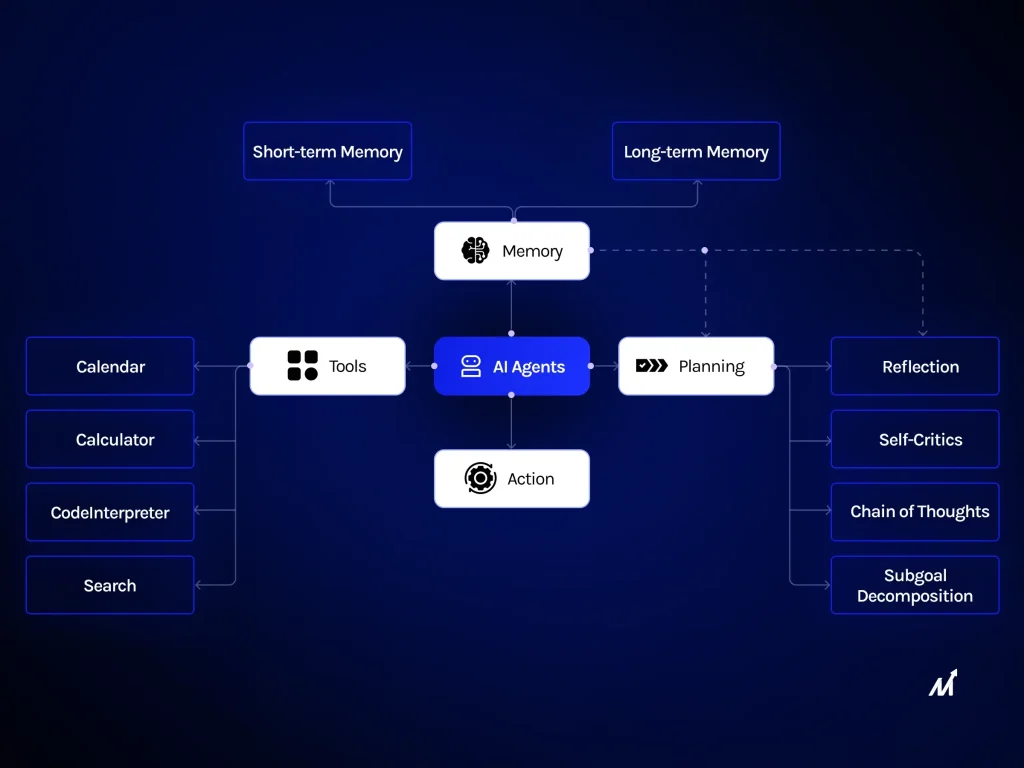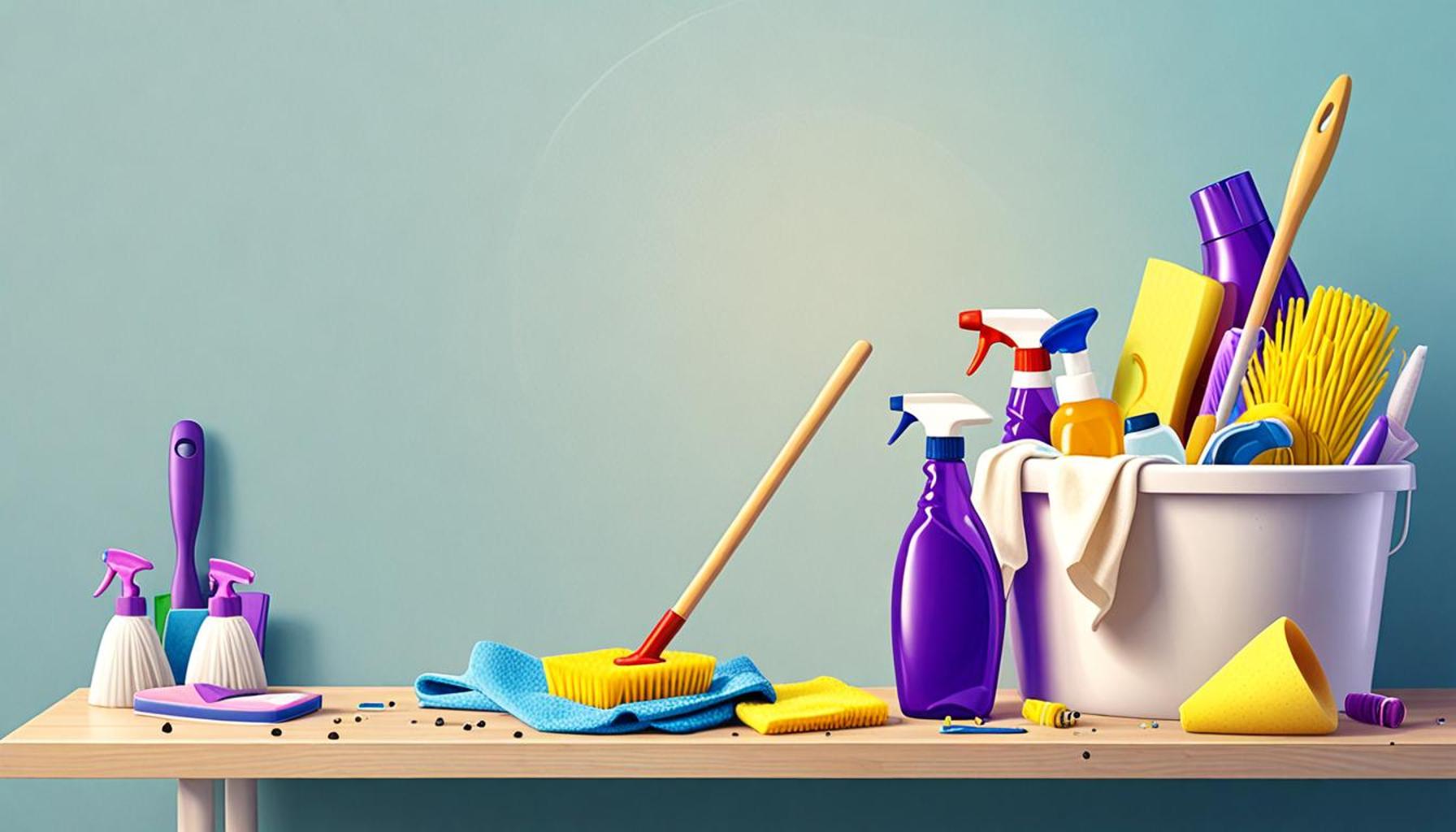Layered Cleaning Strategies: Maximizing Efficiency in Every Environment

Understanding Layered Cleaning Strategies
In a time when cleanliness is paramount to maintaining physical and mental well-being, layered cleaning strategies emerge as a transformative approach. This method is particularly relevant in the United States, where busy lifestyles often lead to neglected spaces that can harbor dirt, allergens, and bacteria. Layered cleaning goes beyond traditional methods by implementing a more organized, systematic approach, ensuring that every nook and cranny is addressed effectively.
Defining Layered Cleaning
At its core, layered cleaning involves a series of integrated cleaning methods designed to target a variety of surfaces and materials. This could include using disinfectants, biodegradable cleaners, and specialized equipment tailored to different environments. For instance, in a residential setting, one might adopt a combination of vacuuming, dusting, and sanitizing, strategically layered to maximize efficacy.
Benefits of Layered Cleaning Strategies
The advantages of employing a layered cleaning strategy are numerous. Firstly, by reducing time spent on cleaning tasks, individuals can focus on more important activities, enhancing overall productivity. For example, a well-executed layered strategy may enable a homeowner to clean their living space in a fraction of the usual time, leaving ample room for leisure or work commitments.
Moreover, this method improves the longevity of surfaces and materials. Regular attention to cleaning can prevent the buildup of grime and stains, preserving the quality of furnishings and flooring. For instance, regular deep cleaning of carpets in a busy office environment prevents premature wear and extends their lifespan significantly.
Lastly, layered cleaning enhances overall hygiene and safety. In commercial spaces, especially during flu season or a pandemic, thorough cleaning can drastically reduce the spread of viruses and bacteria. Businesses that adopt a layered approach often find improvements in employee health, which translates to reduced absenteeism and increased morale.

Application Across Different Spaces
Layered cleaning strategies are versatile and can be adapted to several environments. In residential spaces, particular attention could be given to high-traffic areas such as kitchens and bathrooms, where germs are most likely to accumulate. For instance, a homeowner might establish a weekly routine that includes daily tidying, weekly deep cleans, and monthly specialized tasks like window washing.
In commercial environments, such as offices and retail outlets, layered cleaning can involve hiring professional cleaning services that use advanced equipment like electrostatic sprayers to ensure a thorough clean that adheres to health regulations. Retail success, particularly in the post-COVID landscape, often hinges on visible cleanliness, making layered cleaning practices invaluable.
Furthermore, in industrial settings, where the stakes for cleanliness can be exceptionally high due to safety regulations, layered cleaning might require specialized machinery and protocols. Incorporating techniques such as pressure washing in warehouses or employing solvents for machinery can ensure a safe operational environment.
As you explore the intricacies of layered cleaning, you will uncover strategies that not only streamline the cleaning process but also contribute to a healthier atmosphere, whether at home or in your workplace. Discovering how to implement such methods can lead to a profound transformation in your cleaning habits and overall well-being.
DON’T MISS: Click here to discover effective delegation techniques!
Implementing Layered Cleaning Strategies
To truly harness the power of layered cleaning strategies, it’s essential to understand their practical application across various settings. This organized approach not only ensures a cleaner environment but also creates a blueprint for tackling even the messiest of spaces with confidence. By introducing a systematic discipline to cleaning, individuals can maximize efficiency without compromising on hygiene or safety.
Steps for Effective Layered Cleaning
Implementing a layered cleaning strategy involves several deliberate steps designed to enhance productivity and achieve superior results. Consider the following components:
- Assess the Environment: Begin with a thorough evaluation of the space to identify high-traffic areas, potential hazards, and specific cleaning needs. This might involve analyzing flow patterns in an office or the frequency of kitchen use in a household.
- Establish a Cleaning Schedule: Create a routine that disperses cleaning tasks over the week or month, ensuring that no area is overlooked. For instance, homeowners can dedicate certain days for deep cleaning bathrooms while keeping weekday tasks focused on lighter upkeep.
- Utilize Appropriate Tools: Different surfaces and materials require specific cleaning tools and products. Investing in high-quality vacuums, microfiber cloths, and eco-friendly cleaning solutions can enhance the effectiveness of each cleaning session.
- Layer Your Techniques: Use a combination of cleaning methods tailored to your environment. For instance, in a kitchen, a layered approach might include wiping down surfaces, disinfecting key touchpoints, and using steam cleaners on floors, ensuring a comprehensive level of cleanliness.
- Plan for Seasonal Deep Cleaning: Incorporate seasonal cleaning tasks, such as carpet shampooing or exterior window washing, into your strategy. These tasks can be strategically scheduled during less busy months to maintain overall cleanliness throughout the year.
Moreover, creating a checklist that outlines daily, weekly, and monthly tasks can keep individuals accountable and motivated, reducing the chances of neglect due to busy schedules. Checklists help maintain a systematized order, allowing for a quick visual reference of completed tasks while highlighting areas that might require additional attention.
Role of Technology in Layered Cleaning
The rise of technological advancements has significantly transformed cleaning practices, making layered cleaning strategies more efficient than ever. Robotic vacuum cleaners, for example, can autonomously cover large areas, while UV sanitizers can effectively neutralize germs in hard-to-reach places. By complementing traditional cleaning methods with technology, individuals can elevate their cleaning practices while ensuring a consistent process.
Additionally, various apps and software are now available to help manage cleaning schedules and tasks. Consider utilizing platforms that allow for the tracking of cleaning routines, offering reminders for specific tasks or deep cleans, further ensuring that layered cleaning strategies are adhered to consistently.
As you explore the implementation of layered cleaning strategies, it becomes apparent that a dedicated and structured approach can reduce cleaning time, enhance the health of your environment, and contribute significantly to overall well-being. Far from merely achieving a tidy space, these strategies open up opportunities for a deeper, more meaningful engagement with cleanliness. The implications of this method extend into personal health, productivity, and even the preservation of assets within each environment.
The implementation of Layered Cleaning Strategies is revolutionizing the way environments are maintained, significantly enhancing efficiency across various sectors. By utilizing a systematic approach to cleaning, facilities can ensure that they address multiple layers of cleanliness, from surface dusting to deep sanitation. This not only maximizes the overall health impact but also optimizes resource allocation.
One effective aspect of these strategies is the incorporation of technology. For instance, using smart sensors can help identify high-traffic areas that require more frequent attention, thereby streamlining labor efforts and reducing expenditure on supplies. Facilities become increasingly adaptive, as they can quickly respond to environmental changes based on data, paving the way for enhanced operational performance.
Moreover, Layered Cleaning Strategies promote better training and engagement for cleaning staff. Educated in specific procedures and the importance of their roles, personnel can apply best practices across all cleaning layers. This not only boosts morale but enhances the quality of service provided, facilitating a healthier environment for occupants.
While it may require an initial investment in training and technology, the effectiveness of these layered strategies yields long-term savings by reducing the spread of germs, enhancing facility aesthetics, and prolonging the lifespan of property and assets. Facilities employing this method commonly see a measurable improvement in satisfaction rates from both employees and customers.
| Category | Description |
|---|---|
| Increased Efficiency | Utilizing technology to prioritize cleaning tasks based on real-time data. |
| Enhanced Training | Empowering staff with knowledge and skills to perform layered cleaning effectively. |
As facilities embrace Layered Cleaning Strategies, it becomes increasingly evident that maintaining high hygiene standards is not just a necessary practice but a competitive advantage in any environment. With a structured approach, organizations can achieve safer, cleaner, and more productive spaces for all.
DISCOVER MORE: Click here for tips on using checklists
Optimizing Layered Cleaning Practices
With the foundation of layered cleaning strategies firmly established, organizations and individuals alike can take additional steps to optimize their cleaning processes. An essential aspect of maximizing efficiency lies in customization—tailoring cleaning strategies to specific environments and needs can yield superior results. Whether you’re managing a commercial space, a home, or public facilities, let’s explore how to refine these strategies for peak performance.
Tailoring Strategies to Specific Environments
Every space possesses unique characteristics that dictate its cleaning requirements. Understanding these nuances is pivotal in crafting a successful cleaning plan. For instance, in a bustling office environment, layered cleaning can focus on:
- Common Touchpoints: High-contact areas like doorknobs, keyboards, and light switches require frequent sanitation to reduce the spread of germs. Implementing a quick daily wipe-down can be a game-changer.
- Restrooms: These spaces should be treated with heightened attention. Establishing a strict schedule for cleaning, alongside regular checks on supplies like soap and paper towels, can significantly impact hygiene levels.
- Air Quality: Regular maintenance of HVAC systems and the use of air purifiers are excellent additions to any layered cleaning strategy, particularly in offices or schools where indoor air quality is critical.
In contrast, homes may require a focus on different areas such as:
- Kitchen Sanitation: Given that the kitchen is often where food is prepared, employing layered cleaning techniques such as disinfecting countertops, cleaning the microwave, and degreasing appliances is vital.
- Floor Care: Depending on the type of flooring, choosing the right cleaning regimen—be it vacuuming, mopping with appropriate solutions, or even steam cleaning—will ensure longevity and cleanliness.
Cost-Effective Cleaning Solutions
Cost management also plays a critical role in implementing efficient layered cleaning strategies. Businesses and households can explore eco-friendly and budget-conscious cleaning products that not only safeguard health but also protect the environment. Many companies now offer concentrates that can be mixed with water, reducing plastic waste and costs associated with buying pre-packaged solutions.
Additionally, partnering with local suppliers can lead to bulk purchase options, ultimately saving money while ensuring quality materials. More so, communal cleaning initiatives can be employed in residential communities, where neighbors collaborate on duties like yard work or communal spaces upkeep, fostering community spirit and reducing individual costs.
The Importance of Training and Engagement
The success of layered cleaning strategies is not solely reliant on the techniques used but also significantly on the individuals executing them. Regular training sessions for cleaning staff or family members can enhance understanding of the importance of layered cleaning approaches. Techniques such as proper product use, correct cleaning methods, and safety protocols should be thoroughly discussed and practiced.
Engaging team members or family in the cleaning process can also enhance motivation. Establishing a cleaning ‘champion’ who can lead by example and inspire others can create a sense of accountability among everyone, ensuring adherence to established cleaning schedules and strategies.
By refining cleaning methods to fit specific environments, optimizing cost-effectiveness, and elevating engagement, layered cleaning strategies can be transformed into powerful instruments for maintaining cleanliness and hygiene in any setting. The ongoing commitment to these strategies not only maximizes efficiency but also fosters a healthier, more pleasant environment for all.
DIVE DEEPER: Click here to discover how to make cleaning enjoyable
Conclusion
In summary, layered cleaning strategies present a transformative approach to maintaining cleanliness and hygiene across various environments. By customizing cleaning protocols to specific contexts—such as workplaces, homes, and public facilities—individuals and organizations can significantly enhance the effectiveness of their cleaning efforts. This tailored approach acknowledges that no two spaces are alike, and understanding the unique characteristics of each environment allows for more precise application of cleaning techniques.
Moreover, implementing cost-effective solutions and incorporating eco-friendly products not only promotes a sustainable approach but also reduces overall expenses. The importance of community engagement and staff training cannot be overstated; these elements are crucial for fostering a culture of cleanliness where accountability and shared responsibility thrive.
Looking ahead, the ongoing evolution of cleaning practices means that integrating new technologies and methods will further enhance layered cleaning strategies. Organizations and households that remain flexible and open to innovation will not only improve their sanitation processes but also contribute to healthier environments that benefit everyone. As we navigate our way through an increasingly health-conscious world, embracing these comprehensive cleaning strategies ensures that we are better equipped to protect ourselves and our communities.
Ultimately, optimizing layered cleaning practices is not just about achieving a cleaner space; it’s about fostering a culture of health, safety, and well-being in every environment we inhabit.


